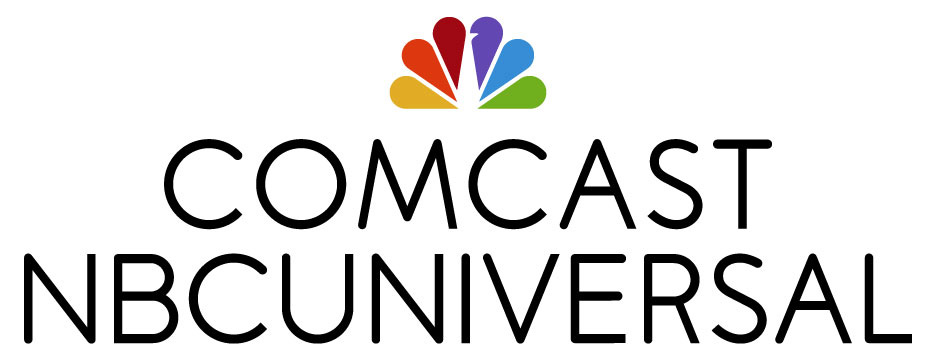Internet Essentials Reaches New Milestone: 600,000 Families Connected
By David L. Cohen, Senior Executive Vice President and Chief Diversity Officer, Comcast Corporation
This morning, at Rainbow Village, a public housing development in Miami, Florida, Julián Castro, our forward-thinking and energetic Secretary of Housing and Urban Development (HUD), and I announced a pilot program with ConnectHome to extend eligibility for Internet Essentials, Comcast’s signature broadband adoption program, to public housing residents in Miami-Dade County and the cities of Nashville, Philadelphia, and Seattle.
This is the eighth time in five years Comcast has expanded eligibility for Internet Essentials, the nation’s leading broadband adoption program for low income Americans.
I also was proud to announce our latest program results. In less than five years, Internet Essentials has now connected more than 2.4 million Americans, or more than 600,000 low-income families, to the Internet at home. To put that in perspective, 2.4 million people is larger than the populations of 97 of the 100 largest cities in America. And 2015 was the program’s single most successful year ever, with a 30 percent increase in enrollments over 2014.
Internet Essentials was originally designed for families with children eligible to receive a free school lunch from the National School Lunch Program (NSLP). Over the years, we expanded it to children eligible for a reduced price school lunch and families with children in all types of schools (parochial, private, charter, cyber, and even home-schooled students).
Most recently, we expanded the program, on a pilot basis, to low-income seniors and low-income community college students. Over the years, we have also expanded the number of schools where we deem every student in the school eligible for the program so long as a certain percentage of the kids in that school are NSLP eligible – from 70 percent, to 50 percent, and now to 40 percent.
Today’s announcement will help build a bridge for public housing residents to cross this digital divide. It will also help them climb the economic ladder to greater opportunity in education, employment, and more. Less than 18 percent of households with incomes at or below $14,000 – the average annual income of a public housing resident – have a fixed Internet connection at home, while nearly 90 percent of households with incomes above $100,000 do, according to U.S. Census data.
What’s more, we are providing immediate access. Comcast technicians installed Internet service today to Rainbow Village residents who signed up for Internet Essentials. We are also providing a free laptop computer and six months’ worth of complimentary Internet Essentials Internet service to every Rainbow Village household, in addition to donating 15 computers to the Rainbow Village computer lab where they teach digital literacy programs to students after school and adults in the evenings.
The success of Internet Essentials – which has connected substantially more families to the Internet than all other private sector programs combined – is attributable to its unique wraparound design which addresses all three of the major barriers to broadband adoption – price of the service, price of computer equipment, and most importantly of all, a bucket of digital relevance and literacy issues, which is the leading barrier to adoption. Since 2011, Comcast has invested more than $280 million in cash and in-kind support to help fund digital literacy training and education initiatives, reaching nearly 4.4 million people through national and local nonprofit community partners.
In addition, through the end of February 2016, Comcast has:
- Provided more than 47,000 subsidized computers at less than $150 each.
- Distributed for free nearly 51 million Internet Essentials program materials.
- Broadcast more than 8.3 million public service announcements, valued at more than $100 million.
- Welcomed 5 million visitors to the Internet Essentials websites in English and Spanish and its Online Learning Center.
- Fielded more than 3.9 million phone calls to our Internet Essentials call center.
- Made Internet Essentials available in nearly 48,000 schools in more than 5,000 school districts, in 39 states and the District of Columbia.
- Partnered with 9,000 community-based organizations, government agencies, and federal, state, and local elected officials to spread the word.
To be successful, this pilot program with HUD will also require a holistic approach. We look forward to working with local housing authorities, local government, community leaders, nonprofit organizations, the residents themselves, and more to help close the digital divide, one household at a time.
This article first appeared on Comcast Voices, a place for conversations with Comcast. Read more blogs about our impact in the community here.

